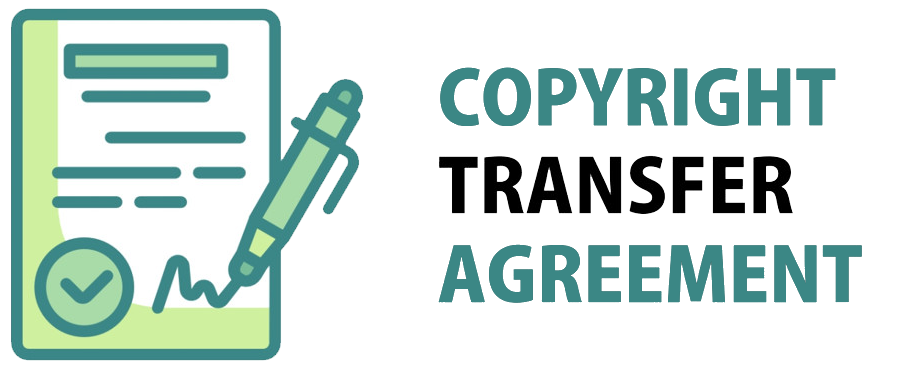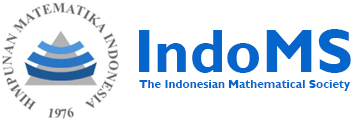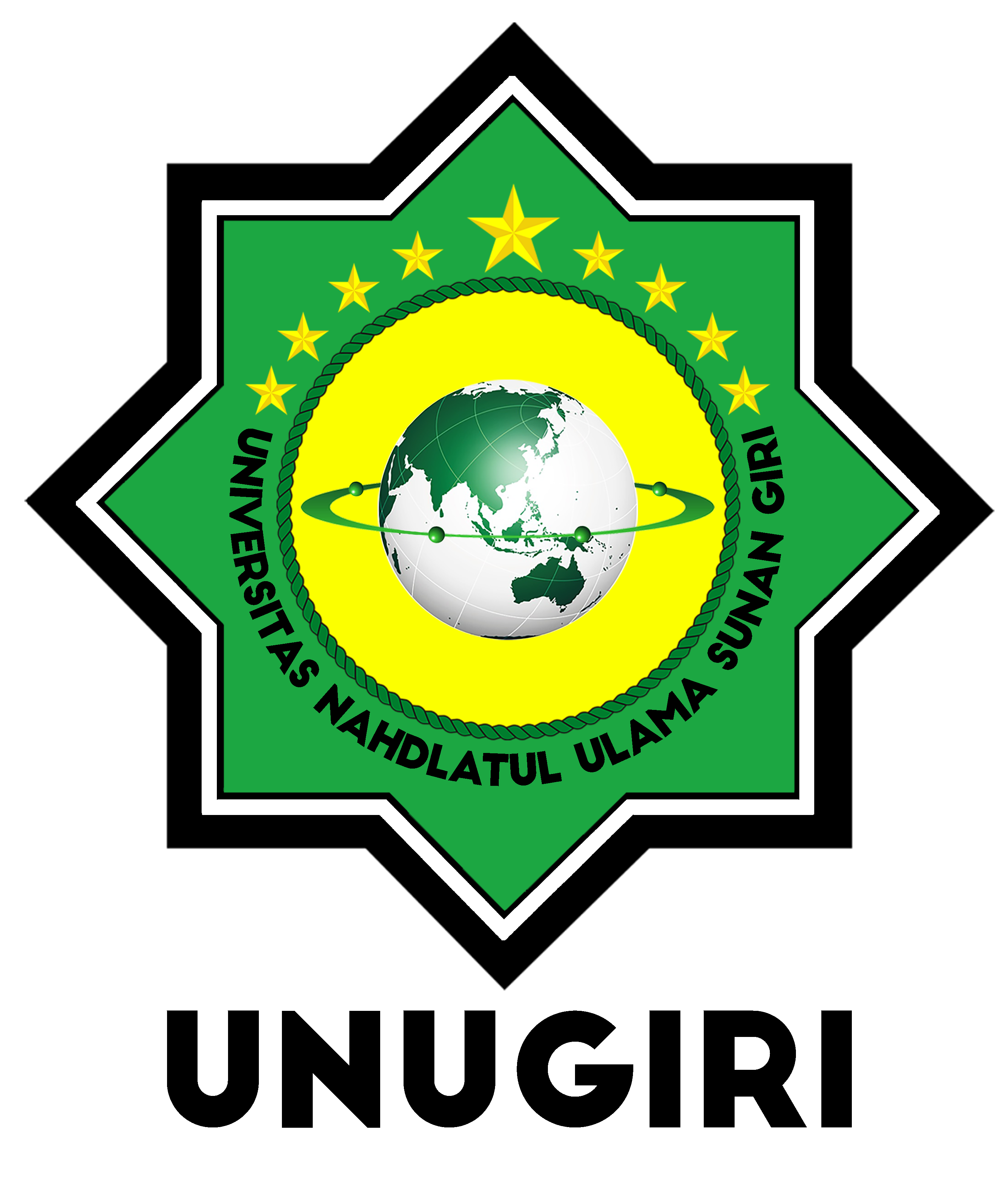KLASTERISASI FAKTOR-FAKTOR KEMISKINAN DI PROVINSI JAWA BARAT MENGGUNAKAN K-MEDOIDS CLUSTERING
 PDF Download: 1336
PDF Download: 1336
DOI:
https://doi.org/10.32665/james.v4i2.242Keywords:
Kemiskinan, K-Medoids Clustering, Provinsi Jawa Barat, Poverty, West Java ProvinceAbstract
Difficulty in meeting basic food and non-food need measured on the expenditure side is referred to as poverty. Thus, the purpose of this study is to find out the poverty group by district/city in West Java Province. This method used is the K-Medoids Clustering algorithm because K-Medoids can handle data that is very sensitive to outliers. The results of the study showed that three groups were obtained, with group one having as many as eight regions, group two having members as many as 15 regions, and group three having members as many as four regions.
Abstrak
Kesulitan untuk memenuhi kebutuhan dasar makanan dan selain makanan diukur berdasarkan sisi pengeluaran disebut sebagai kemiskinan. Sehingga, tujuan penelitian ini yaitu mengetahui kelompok kemiskinan menurut kabupaten/kota di Provinsi Jawa Barat. Adapun metode yang digunakan yaitu algoritma K-Medoids Clustering, dikarenakan K-Medoids mampu mengatasi data yang sangat sensitif terhadap outlier. Hasil dari penelitian menunjukan bahwa diperoleh tiga kelompok, dengan kelompok satu memiliki anggota sebanyak delapan wilayah, kelompok dua memiliki anggota sebanyak yaitu 15 wilayah, dan kelompok tiga memiliki anggota sebanyak empat wilayah.
References
A. W. Disty Wahyuli, Handrizal Handrizal, Iin Parlina, Agus Perdana Windarto, Dedi Suhendro, “Mengelompokan Garis Kemiskinan Menurut Provinsi Menggunakan Algoritma K-Medoids,” J. Ris. Sist. Inf. dan Tek. Inform., vol. 1, pp. 452–461, 2019, [Online]. Available: https://tunasbangsa.ac.id/seminar/index.php/senaris/article/view/51%0A.
Badan Pusat Statistik Jawa Barat, Perkembangan Tingkat Kemiskinan Provinsi Jawa Barat. Bandung: BPS Provinsi Jawa Barat, 2020.
Q. Nafisah and N. E. Chandra, “Analisis Cluster Average Linkage Berdasarkan Faktor-Faktor Kemiskinan di Provinsi Jawa Timur,” Zeta - Math J., vol. 3, no. 2, pp. 31–36, Nov. 2017, doi: 10.31102/zeta.2017.3.2.31-36.
W. Setiyawati, Implementasi Algoritma Partitioning Around Medoids (PAM) untuk Pengelompokan Sekolah Menengah Atas di DIY berdasarkan Nilai Daya Serat Ujian Nasional. Yogyakarta: (Skripsi) Jurusan Teknik Informatika Universitas Sanata Dharma, 2017.
P. Arora, Deepali, and S. Varshney, “Analysis of K-Means and K-Medoids Algorithm For Big Data,” Procedia Comput. Sci., vol. 78, no. December 2015, pp. 507–512, 2016, doi: 10.1016/j.procs.2016.02.095.
S. Sindi, W. R. O. Ningse, I. A. Sihombing, F. Ilmi R.H.Zer, and D. Hartama, “Analisis Algoritma K-Medoids Clustering Dalam Pengelompokan Penyebaran Covid-19 Di Indonesia,” Jti (Jurnal Teknol. Informasi), vol. 4, no. 1, pp. 166–173, 2020.
R. R. Husin Sariangsah*, Wanayumini, “Penentuan Kelas Menggunakan Algoritma K Medoids Untuk Clustering Siswa Tunagrahita,” J. Media …, vol. 5, pp. 83–89, 2021, doi: 10.30865/mib.v5i1.2547.
D. Kurmiati, M. Z. Fauzi, Ripangi, A. Falegas, and Indria, “Clustering of Earthquake Prone Areas in Indonesia Using K-Medoids Algorithm,” MALCOM Indones. J. Mach. Learn. Comput. Sci., vol. 1, no. 1, pp. 45–57, 2021.
D. V. Ferezagia, “Analisis Tingkat Kemiskinan di Indonesia,” J. Sos. Hum. Terap., vol. 1, no. 1, pp. 1–6, Jul. 2018, doi: 10.7454/jsht.v1i1.6.
Badan Pusat Statistik, “Kemiskinan dan Ketimpangan,” 2020. https://www.bps.go.id/subject/23/kemiskinan-dan-ketimpangan.html#subjekViewTab1.
I. Ghozali, Aplikasi Analisis Multivariat Edisi 4 dengan Program SPSS BP Unversitas Diponegoro. Semarang: BPUniversitas Diponegoro, 2007.
Downloads
Published
Issue
Section
License
Copyright (c) 2021 Journal of Mathematics Education and Science

This work is licensed under a Creative Commons Attribution-NonCommercial-ShareAlike 4.0 International License.
Authors who publish with this journal agree to the following terms:
- Authors retain copyright and grant the journal right of first publication with the work simultaneously licensed under a Creative Commons Attribution License that allows others to share the work with an acknowledgment of the work's authorship and initial publication in this journal.
- Authors are able to enter into separate, additional contractual arrangements for the non-exclusive distribution of the journal's published version of the work (e.g., post it to an institutional repository or publish it in a book), with an acknowledgment of its initial publication in this journal.
- Authors are permitted and encouraged to post their work online (e.g., in institutional repositories or on their website) before and during the submission process, as it can lead to productive exchanges, as well as earlier and greater citation of published work
 PDF Download: 1336
PDF Download: 1336















